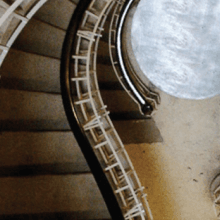Article d'une publication
From Japonism to The Lighthouse

Virginia Woolf’s novel To the Lighthouse is undeniably her most art-oriented work in its examination of both writing and painting. Many literary critics have rightly and richly contextualized its imagery and philosophy in Woolf’s understanding of contemporary Impressionist and post-Impressionist art through the theories of her friend Roger Fry in his text Vision and Design. The comparison is complicated, however, as Woolf’s application of Impressionist techniques in To the Lighthouse reveals the difference between her and Fry’s theories of the relationship between art and life. In Fry’s quintessentially Modernist conception, art is granted the power to present and to eternize the artist’s self, which is otherwise unrepresented in the world, to demonstrate outwardly the inner person. In this sense, then, art is dislocated from the “life” which includes all the inexorably-destructive forces of nature, all the claims of the human body and of interpersonal relationships, and most of all (and included in these), all the ephemerally passing elements which, at one time or another, have taken a form which the artist represents in his work. Woolf, on the other hand, portrays art in To the Lighthouse as inextricable from the flow and ephemerality of human life and its context within nature, thus supporting a concept that the beauty of art is found precisely in this transience.
